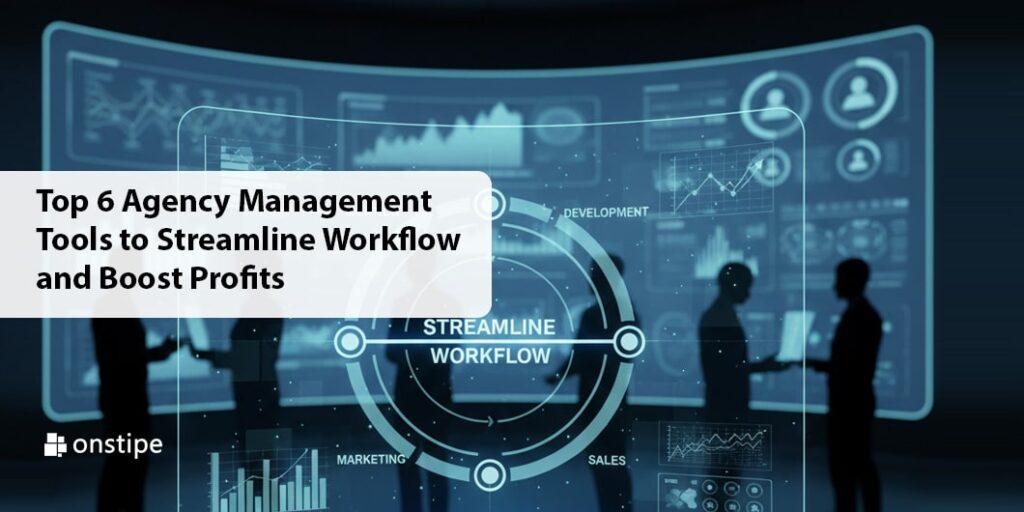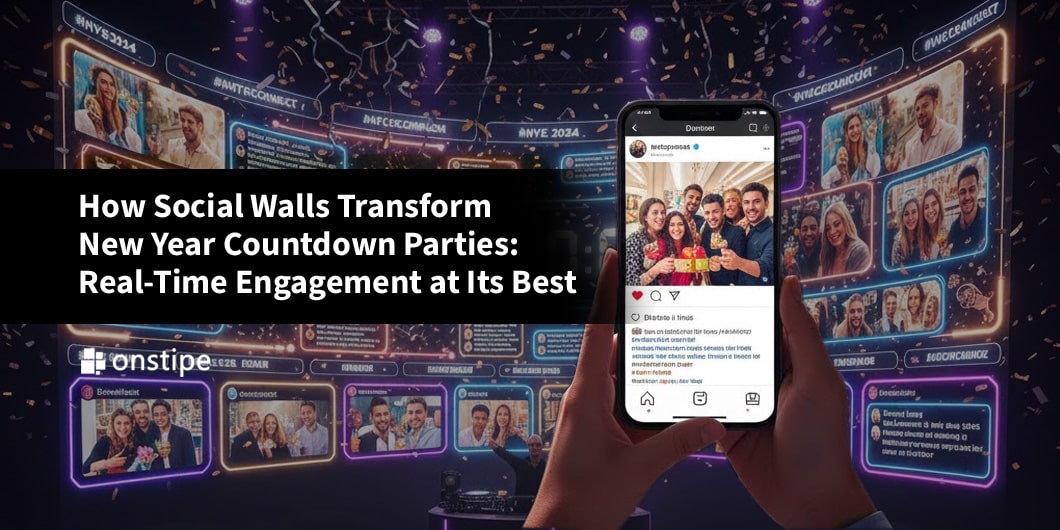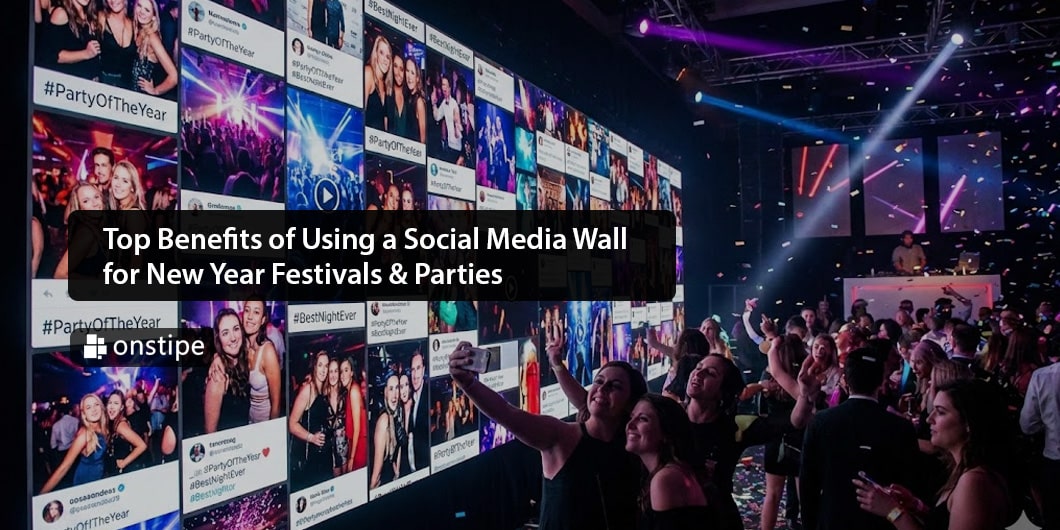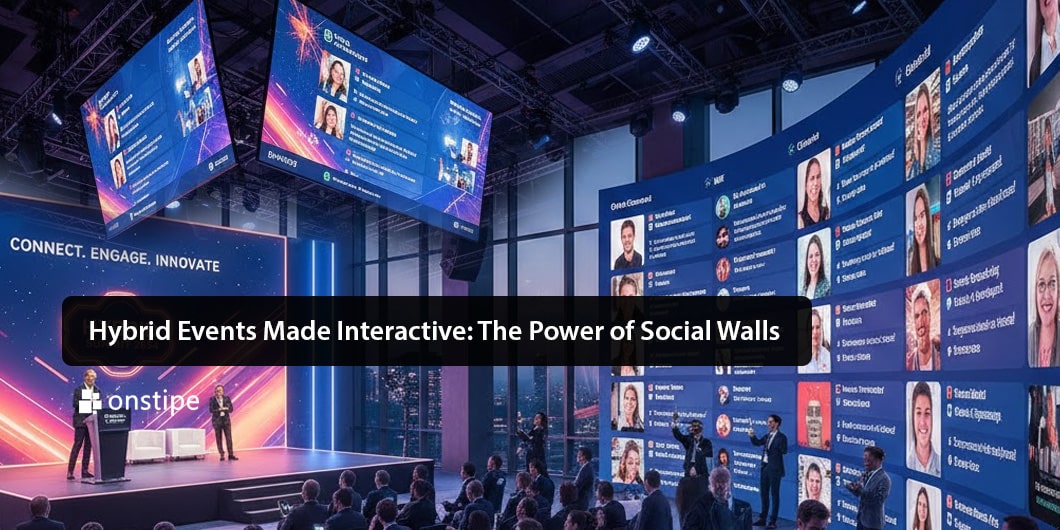Your next project could avoid disaster with creative agency management software. Here’s something surprising – only 1 in 4 companies use dedicated project management software. I’ve seen this play out myself – talented teams create amazing work but struggle with chaotic processes.
Think about this scenario: Your deadline looms closer. You have just an hour to upload files and get team approvals. This turns into a nightmare without the right agency tools. The numbers tell the story – use project management software to simplify processes and enhance collaboration. The agency management system market keeps growing and should hit $1.48 billion by 2026 77% of high-performing creative teams.
Creative agencies that pick the wrong software face serious problems later. I’ve tested many options to find solutions that work for creative work’s specific needs. The best agency management software includes specialized features like asset management, approval workflows, and resource scheduling.
Which tools actually get results? We’ve put together this list of 6 outstanding options to help you choose the right one. These tools can reshape the scene of your agency’s operations, from complete platforms to specialized solutions.
1. Function Point
Function Point helps creative teams that don’t deal very well with their daily challenges through its complete management system. This all-in-one platform has helped over 500 agencies make their workflows more efficient since 1997.
Function Point Key Features
Function Point brings together everything in agency operations. Teams save valuable time through task automation. The CRM and estimating tools help teams learn about sales pipelines and create accurate project budgets.
The platform excels at financial oversight, with live monitoring of project costs against budgets. Project managers can assign their team members based on availability and expertise through resource management features. This prevents teams from being overworked or underutilized.
Additional features include:
- Time tracking with weekly timesheets and timer options
- Client portal for improved collaboration
- QuickBooks integration that blends invoices at the click of a button
- Customizable dashboards for project progress and KPI visualization
Function Point Best For
Creative agencies that need combined project tracking, financial control, and resource planning will find Function Point extremely useful. Advertising firms benefit from its complete platform that brings together timelines, budgets, and creative assets. Marketing teams value the visibility into workload capacity, and some report after implementation revenue increases up to 20%.
2. Bonsai
Bonsai helps creative teams organize their work effectively. This all-in-one platform manages everything from client management to financial tracking in a central hub.
Bonsai Key Features
The Bonsai Client Portal gives clients direct access to their projects, invoices, and documents, which encourages transparency. Clients can upload files through this two-way communication channel, which makes collaboration smoother by a lot. A built-in CRM keeps client information in one place, from contacts to project details and payment history.
You can create professional invoices instantly with the platform’s billing features that include automated reminders and late fee applications. The platform also provides project management tools to assign tasks, set priorities, and track project hours.
Teams can monitor their hours and generate accurate reports and timesheets with time tracking features. This creates transparency for clients and helps you understand which projects need more resources. The scheduling feature prevents double-booking and no-shows by letting clients book meetings based on your availability.
Bonsai Best For
Freelancers and small to medium creative agencies who want to unite multiple functions into one system will find Bonsai useful. The platform works great for agencies with hourly-based projects because of its superior time tracking capabilities.
3. Kantata
Kantata elevates project management capabilities for creative teams. The SaaS-based software shows project progress and team workload through its easy-to-use interface.
Kantata Key Features
The project dashboard gives creative agencies a detailed view of all projects that keeps teams on track and tasks on schedule. Teams can prevent burnout with resource management tools that help balance workloads. Master Planning displays all resources in one place, and Team Builder helps explore staffing options.
Other standout features include:
- Time-tracking for accurate client billing
- Financial management tools
- Team collaboration features
- Business intelligence capabilities
- The platform combines smoothly with Salesforce, Xero, Slack, HubSpot, and more to create simplified processes.
Kantata Best For
The platform excels for creative and SEO agencies, IT departments, and marketing teams who want better collaboration and project visibility. Professional services businesses that need optimal resource planning, automated workflows, and on-time project delivery within budget will find it valuable. Agency experts developed these resource-focused tools to address specific challenges.
4. Wrike
Wrike strengthens creative agencies through advanced workflow management. My personal experience shows this platform stands out from others with its versatility and rich features.
Wrike Key Features
Wrike provides a resilient infrastructure for project management through multiple views Kanban boards, Gantt charts, and spreadsheet-like tables. Teams can visualize their work in different ways. The platform excels at cross-tagging that shows how tasks affect different workflows without duplicating information.
Creative teams will find the proofing tool particularly valuable. The system lets you review and comment directly on 30+ file formats without downloading files. The platform blends with Adobe Creative Cloud, which lets designers access project information while staying in their design tools.
Time tracking and resource management features help teams balance their workloads. The AI assistant creates project plans, spots action items from meeting notes, and predicts project risks to save time.
Wrike Best For
Creative agencies managing complex approval workflows will find Wrike particularly useful. Marketing teams benefit from customizable templates and proofing capabilities. Mid-to-large creative departments working with multiple stakeholders and deadlines will get the most value from the platform.
Production departments have seen major improvements from Wrike’s data capture functionality, according to customer testimonials. One agency cut their meeting time substantially by using Wrike for feedback and reviews.
5. Productive
Productive excels as a complete professional services automation system that brings together resource management, project execution, and financial oversight. My experience shows it solves common agency challenges with its unified approach.
Productive Key Features
Productive delivers flexible project management with multiple views like Gantt, Kanban, and Workload. Teams can track time using timers, timesheets, or get automatic tracking suggestions. The system links every logged hour directly to budgets and shows profitability right away.
The resource planning capability helps identify overbooked team members and those who need additional work. Teams can make informed decisions as the platform forecasts revenue, utilization, and profit margins. The reporting section has 50+ purpose-built templates designed specifically for agencies.
The platform combines smoothly with accounting tools like Xero and QuickBooks, along with collaboration platforms such as Slack and JIRA.
Productive Best For
Productive serves creative agencies looking to boost profitability through smarter resource allocation. The system proves particularly effective for architecture firms, marketing agencies, and IT service providers. Teams wanting to replace multiple separate tools with one detailed system will find it valuable.
6. Monitask
Monitask offers a robust solution to monitor remote teams effectively. Creative agencies can track productivity through this lightweight yet powerful employee monitoring tool without being intrusive.
Monitask Key Features
Time tracking serves as the foundation of Monitask’s functionality. Team members can start tracking with a single click as the system logs their hours automatically. The platform takes periodic screenshots that provide proof of work and allows blurring of sensitive content.
Teams can create projects, assign tasks, and monitor completion progress through the project management features. Budget tracking updates immediately when time entries are logged to help identify potential risks before they escalate.
The platform generates detailed reports showing team productivity, task duration, and app usage during work hours. The software tracks employee access to applications and websites, showing exact time spent on each activity.
Monitask Best For
Creative agencies managing remote teams will find Monitask especially useful. Businesses can verify billable hours with clients through transparent time tracking. Marketing, consulting, and software development organizations of all sizes benefit from its lightweight monitoring approach. The platform’s permission levels prevent freelancers from accessing all projects and clients.
Conclusion
Choosing the right management software for your creative agency shouldn’t feel like searching for a needle in a haystack. This piece explores 6 powerful tools that can change how you handle projects, manage resources, and track profitability.
Each tool brings something unique to the table. Bonsai shines with time tracking and client portals. Wrike makes its mark with file proofing capabilities. Productive gives immediate profitability insights, and ClickUp stands out with exceptional customization options. Your agency’s specific needs should drive the final choice.
You should take time to assess what matters most to your team instead of rushing to pick the first option. Does resource allocation need improvement? Do client approvals slow you down? Maybe tracking billable hours gives you the biggest headache? Let your pain points guide your decision.







